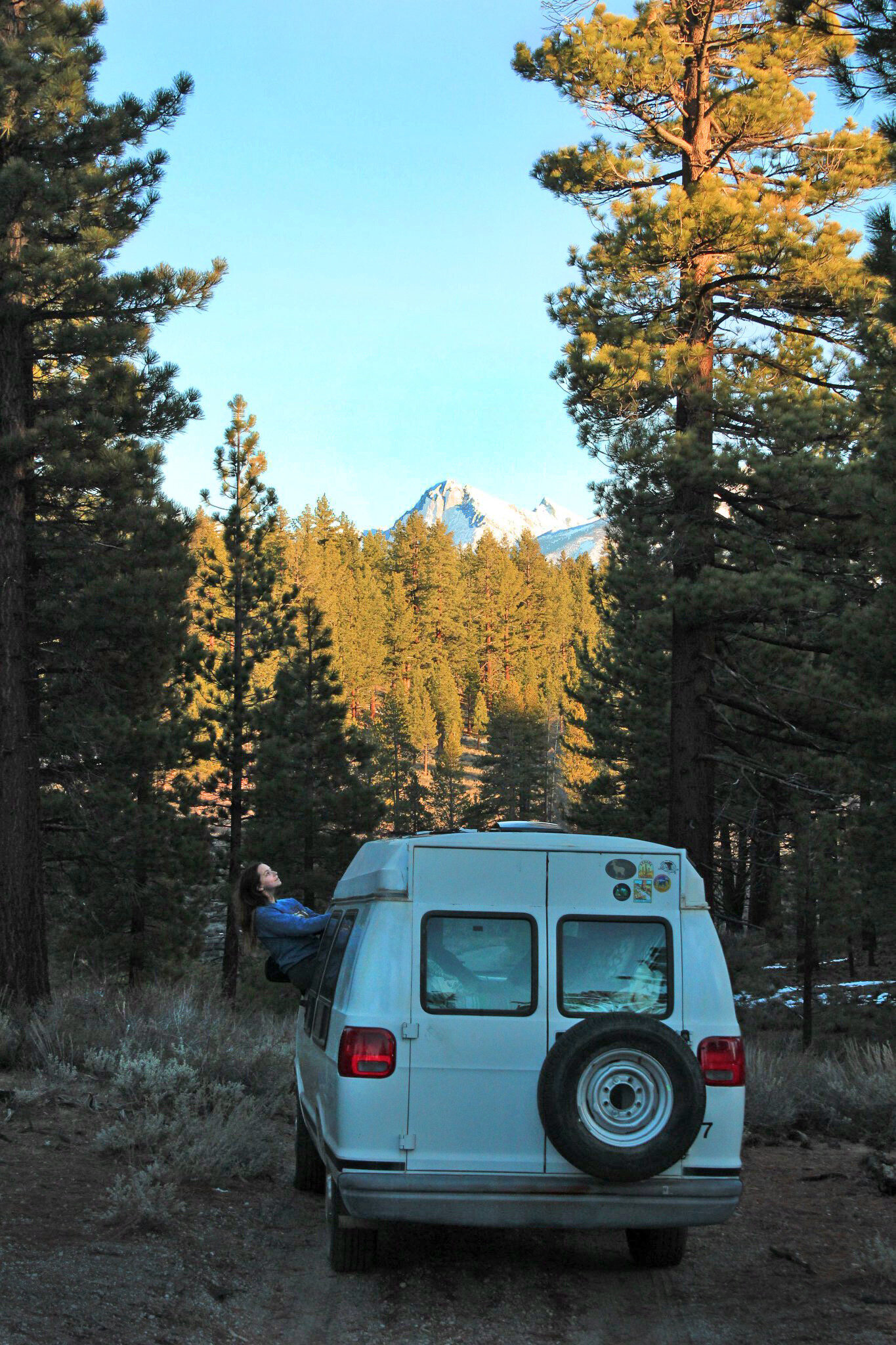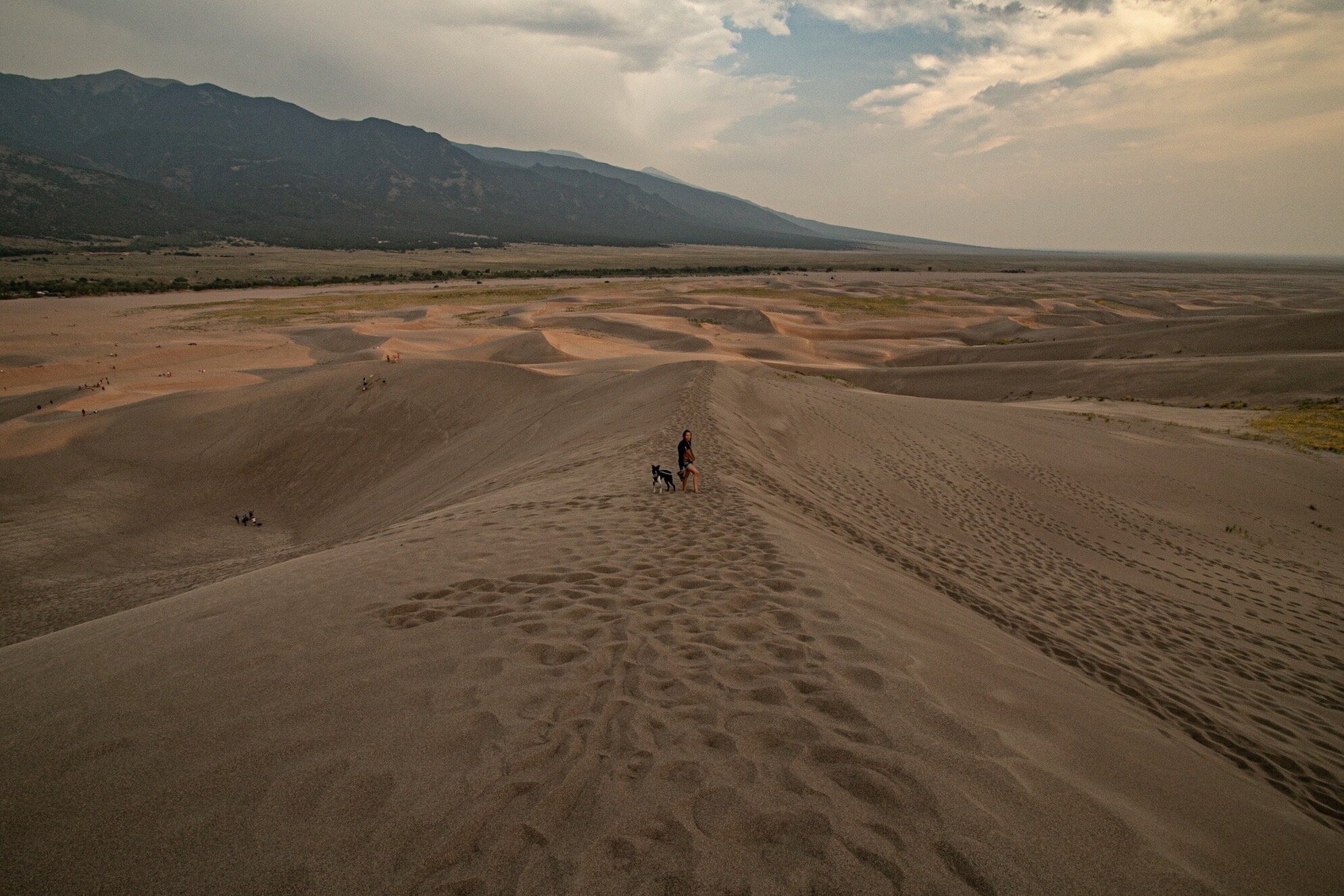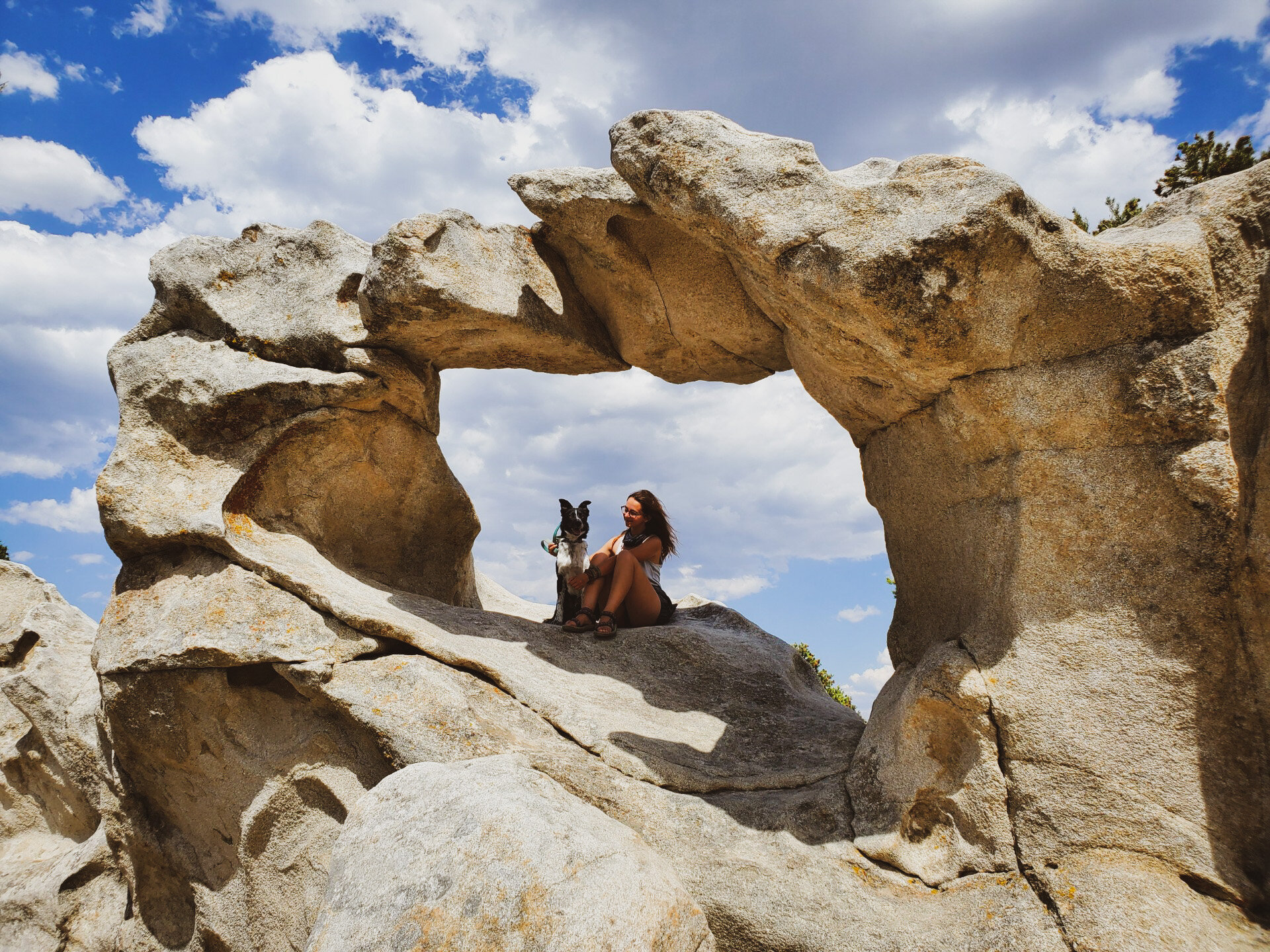Michigan’s Upper Peninsula is truly like another state. It had been on my list for a long time—since before I even went on my 48 state, 3 month road trip. The Upper Peninsula, or UP, is a place that has been recommended to me by so many people over the years, and as we (me, Jared, and our dog, Lassen), make our way toward Kentucky to work on a new van, it was finally time to go the extra mile to explore the UP.
The UP is located in between Michigan, Wisconsin, Lake Michigan, Lake Superior, and Lake Huron—aka it’s super isolated. It’s so far north, its weather patterns mimic those of Canada, rather than its surrounding states, and the lakes are so big they give off a chill of their own. The best time of year to visit is the fall season, specifically the second half of September, since that is when all the leaves are changing colors! We spent almost a week in the UP, so here are all the things we did while we were there.
Pictured Rocks National Lakeshore
The Keweenah Peninsula
The first thing we did in the UP was drive even further north. That’s right, the Upper Peninsula, has an even smaller peninsula! It’s called the Keweenah Peninsula, and it sticks up straight into Lake Superior. The biggest town closest to the tip is called Copper Harbor. It’s a super adorable little boat town, and if you have a vehicle with 4WD you can make it to the tip of the peninsula! We do not, so we stayed in town! During our time on the Keweenah Peninsula, we searched for fall leaves, happened upon a waterfall, and visited Hunter’s Point Park where we did some light hiking and enjoyed the views of Lake Superior.
Keweenah National Historic Park
This is actually on the Keweenah Peninsula too, but it’s worth it’s own little section here! This unique National Park is home to a multitude of historic buildings all throughout the Peninsula, including a mine and a lighthouse. During a drive up to Copper Harbor, you’ll pass multiple opportunities to experience the unique history of this part of the United States.
Somewhere on the Keweenah Peninsula
Pictured Rocks National Lakeshore
Pictured Rocks was actually on my original route for my 48 state trip, but I decided to skip it due to the lengthy hours it would take for me to get up there and the lack of boondocking in the area. This time around though, we were able to spend two days exploring the lakeshore, its waterfalls, and its cool rock formations! This is the ideal place to hike among fall leaves, kayak on the crystal clear waters of the largest lake in the world by surface area, or just enjoy a beach on a clear day.
Pictured Rocks National Lakeshore
Know Before You Go to the UP:
Weather: Michigan’s Upper Peninsula is remote. And it’s very cold. No matter what time of year, make sure you bring a good jacket for your trip up north!
How to get there: To get to the UP, you can either drive straight through from Wisconsin, or cross the Mackinac Bridge for a $4 toll from mainland Michigan (the Mitten).
Cell Signal and WiFi: Cell service is limited on the Keweenah Peninsula, so make sure you download Google Maps before your visit.
Souvenirs: Before you leave, make sure you pick up a bag of wild rice—it’s native to this part of the country, so make sure you get it in a place where it’s authentic!
The UP is a place I definitely want to return to in the future (but maybe when it’s a little warmer!). It’s stunningly beautiful in a way I did not expect, and there’s something worth seeing around every corner. The UP should truly be on everyone’s bucket list—is it on yours?
















































